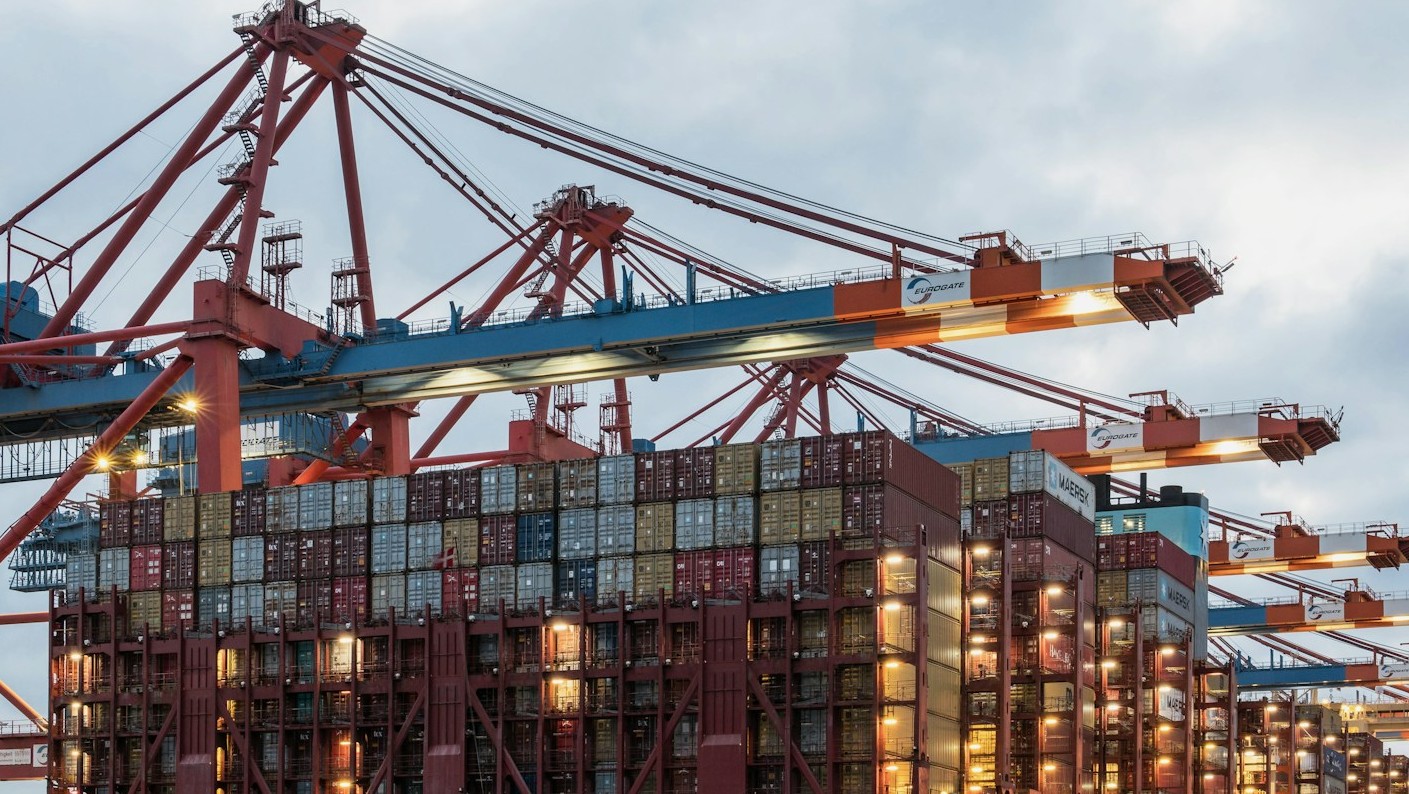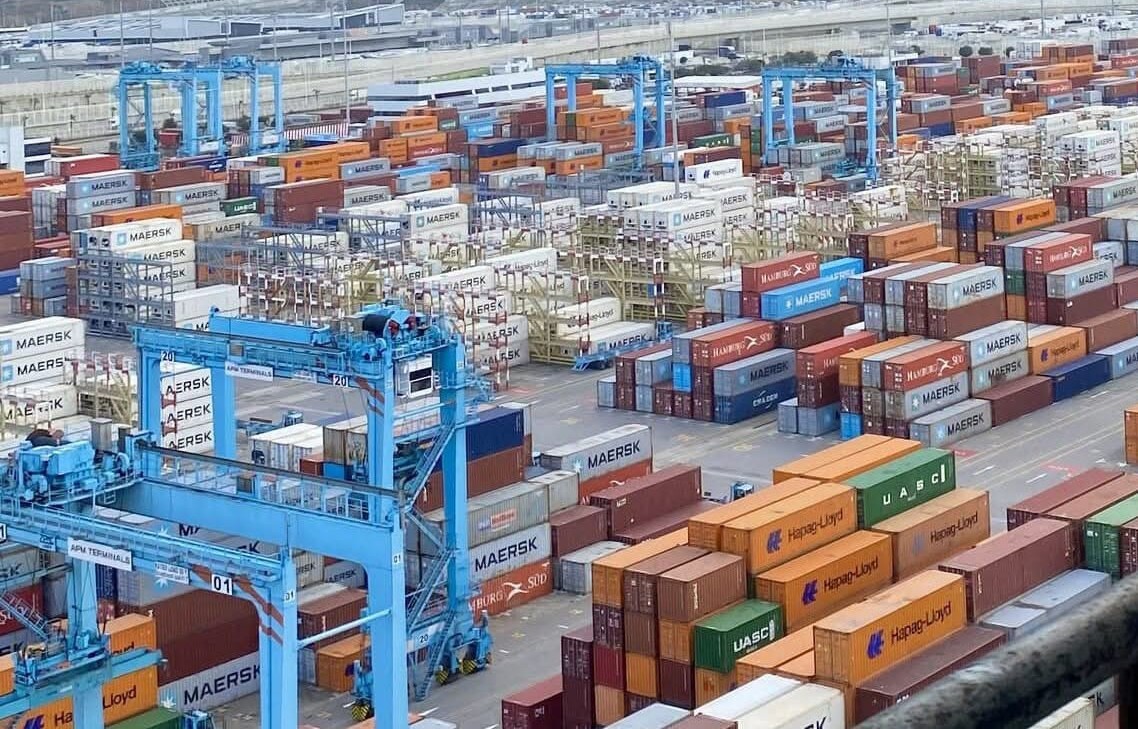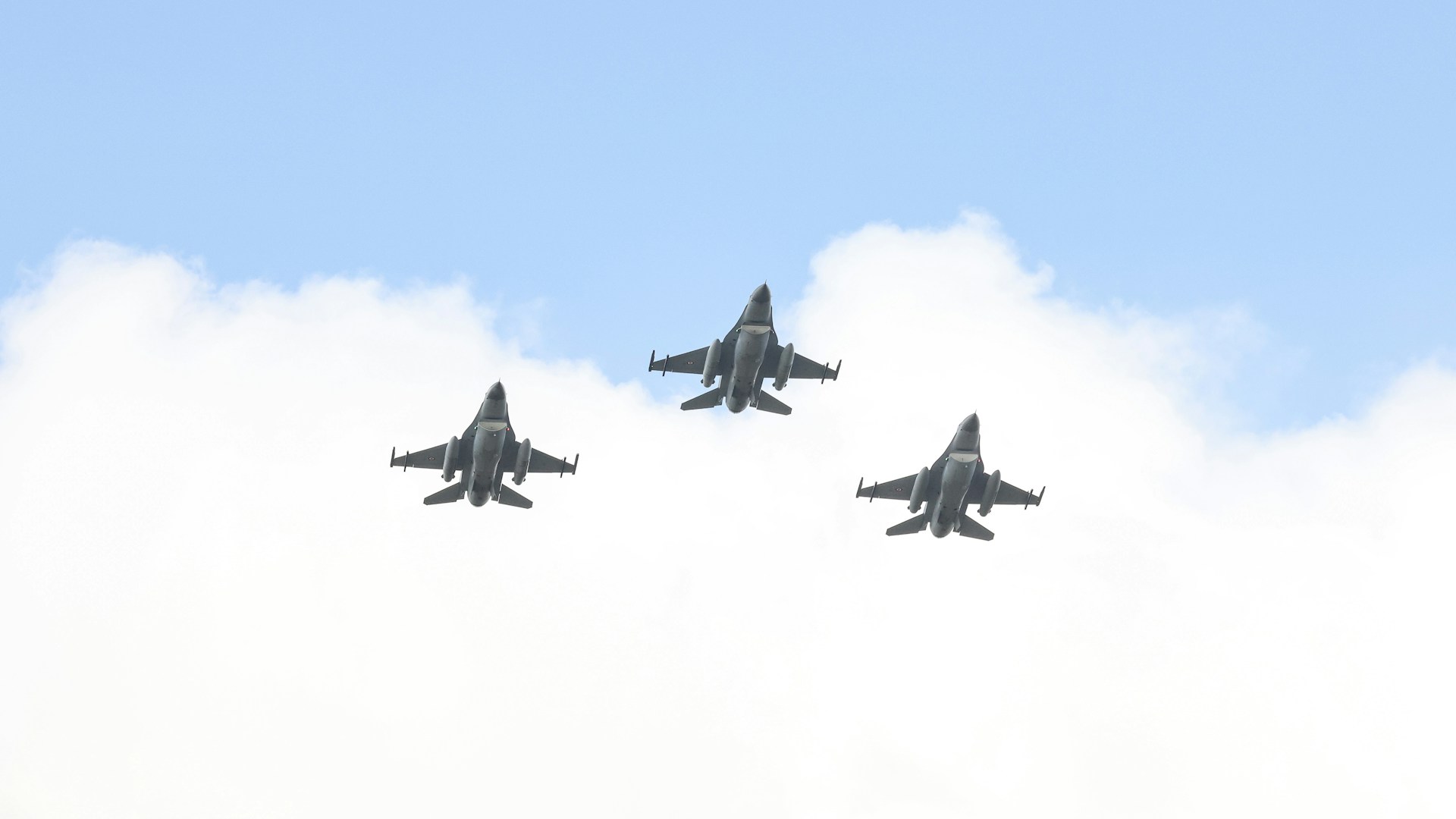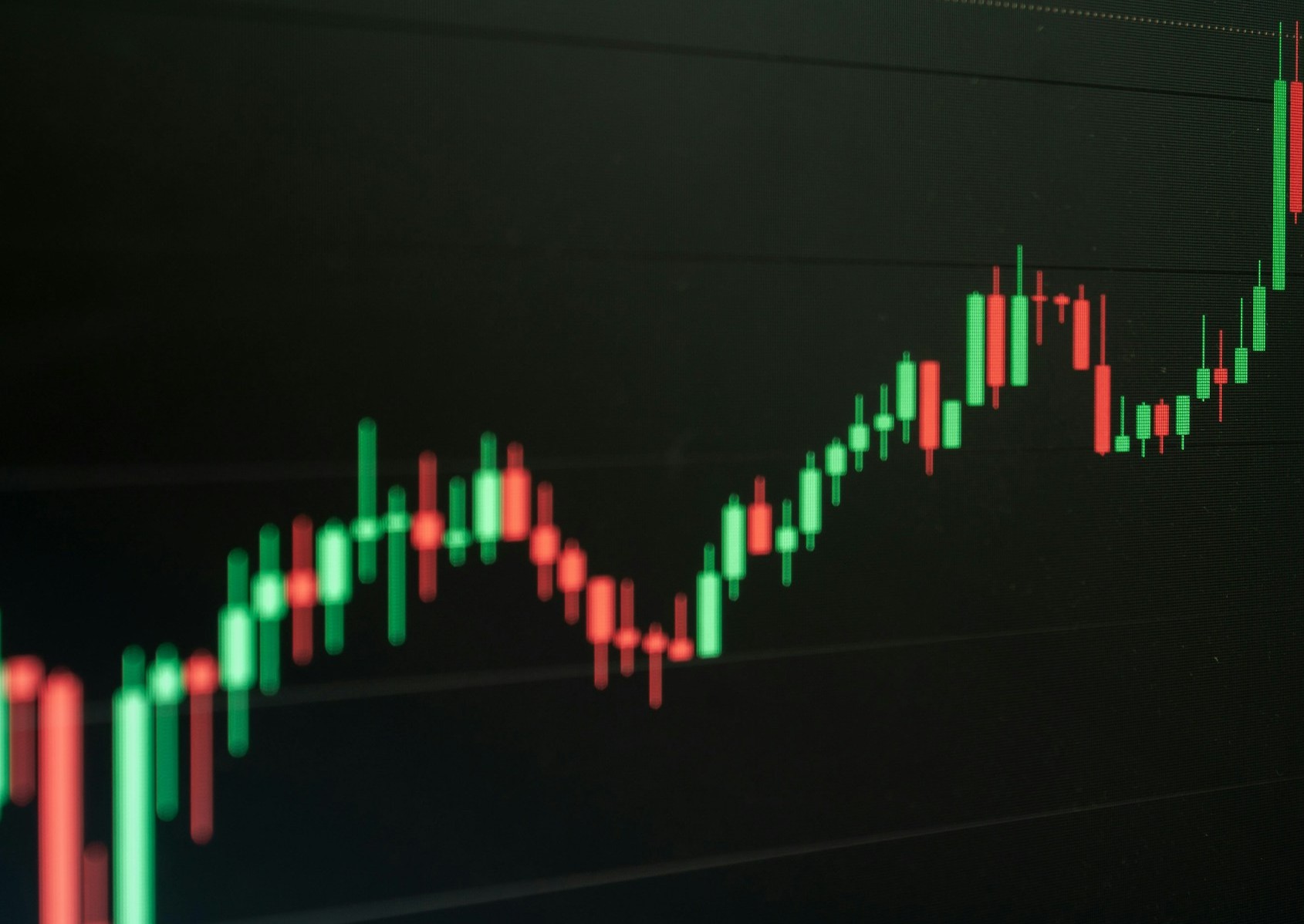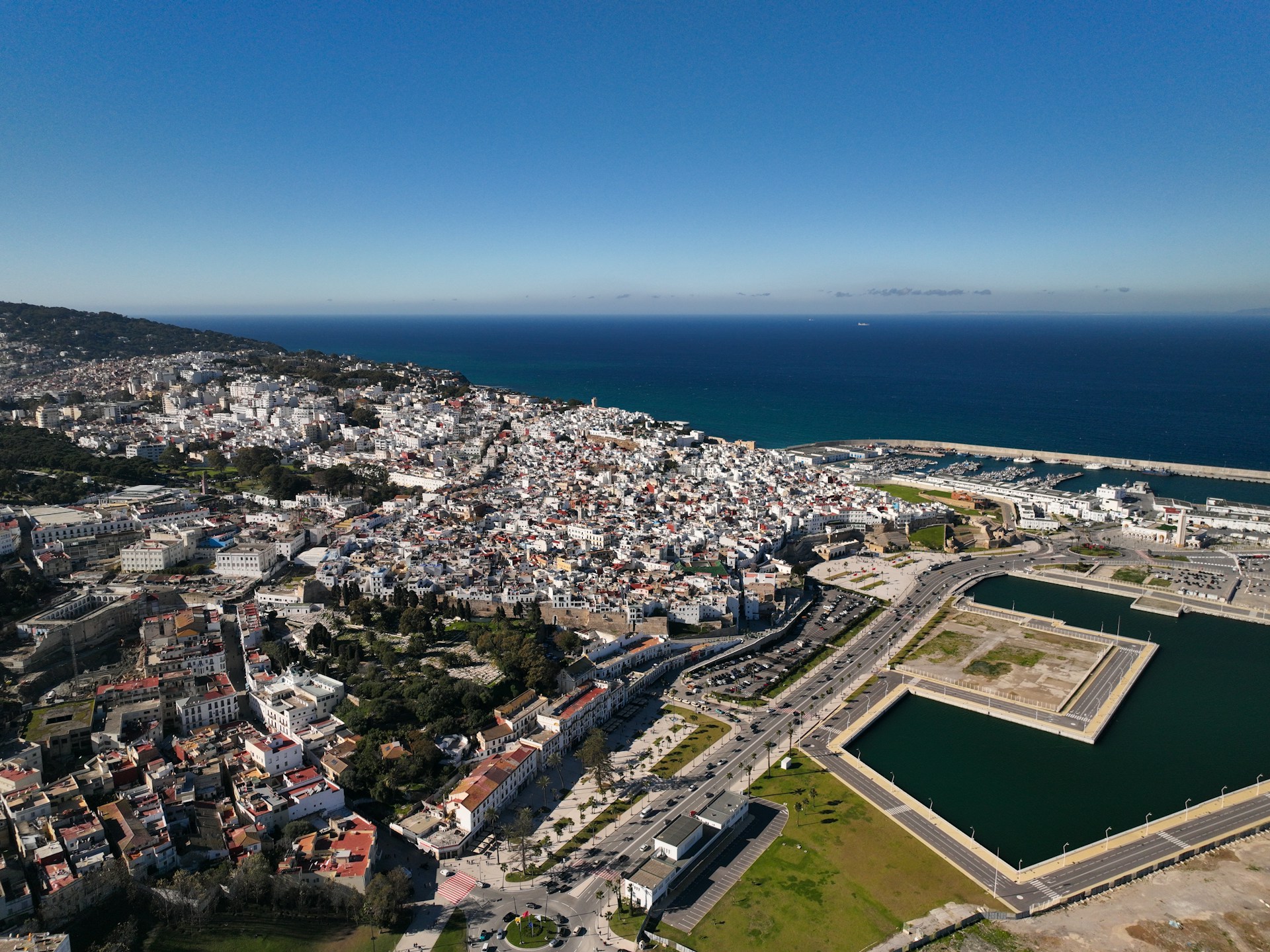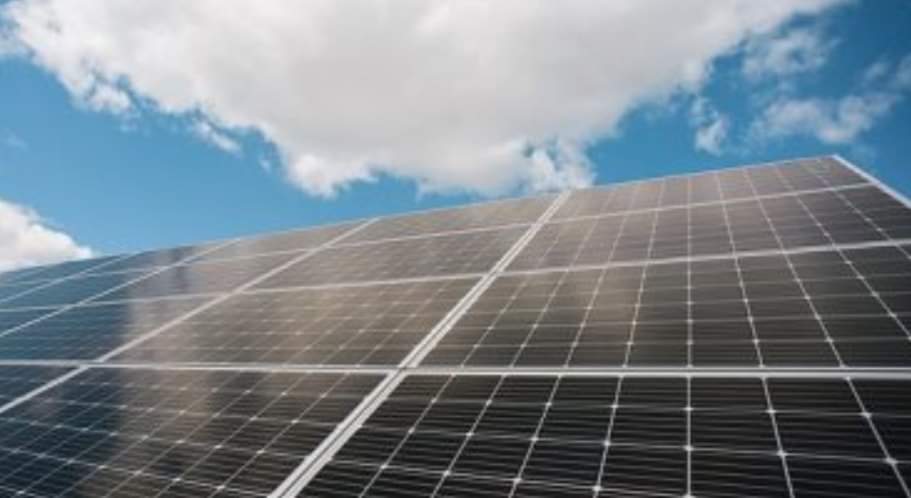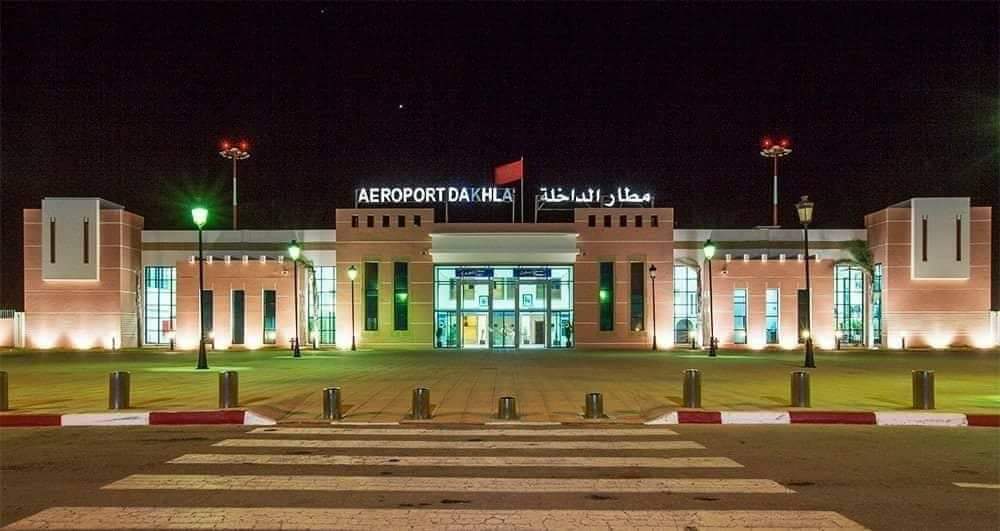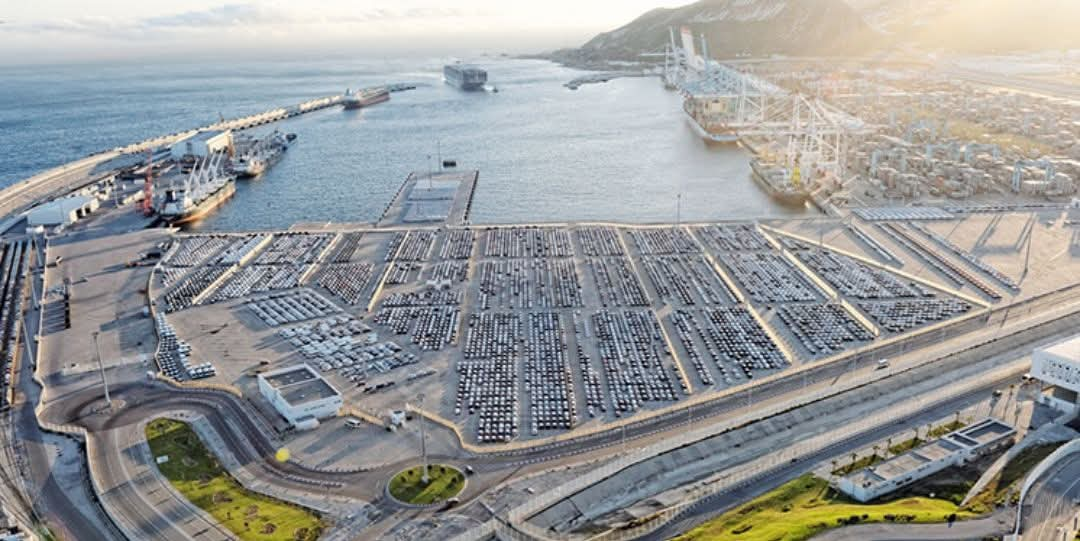Casablanca-The High Commission for Planning (HCP) recently released data indicating an increase in the consumer price index (CPI) in November 2023, marking an increase of 3.6% compared to the previous year. This significant uptick in CPI reflects the evolving economic landscape of Morocco, with both food and non-food sectors playing pivotal roles.
According to the HCP report, the prices of food products surged by 7.6%, while non-food products experienced a slight increase of 0.7%. These numbers shed light on the complex dynamics influencing the country’s inflationary trends.
In detail, food products showed various fluctuations. While fruit prices have decreased significantly, vegetables, fish, and meats have seen significant increases. The decreases observed in food products between October and November 2023 primarily concern “Fruits” with a staggering decline of 15.5%, “Oils and fats” with 0.8%, “Bread and cereals” with 0.2%, and “Sugar, jam, honey, chocolate, and confectionery” with a minimal 0.1% dip. On the contrary, prices rose by 4.6% for “Vegetables”, 3% for “Fish and seafood”, and 0.6% for “Meat”.
Turning to non-food products, the decrease mainly affected the prices of “Fuels” with a notable 1.1% decline. This reduction in fuel prices contributed significantly to the overall decrease observed in the non-food sector.
The largest decreases in the CPI were recorded in Agadir with 0.9%, Kenitra, and Laayoune with 0.8%, Marrakech, Tetouan, and Errachidia with 0.7%, Meknes, and Tangier with 0.6%, Casablanca with 0.4%, Guelmim with 0.3%, and Settat and Al-Hoceima with 0.2%. Conversely, increases were recorded in Safi with 0.9%, in Beni-Mellal with 0.5%, and in Fez and Dakhla with 0.3%.
Despite these fluctuations, the core inflation indicator, which excludes products with volatile prices and products at public prices, would have stagnated in November 2023 compared to October 2023 and increased by 3.6% compared to November 2022. This suggests a nuanced economic scenario, where careful monitoring of both food and non-food sectors is essential for understanding inflationary trends in Morocco.
